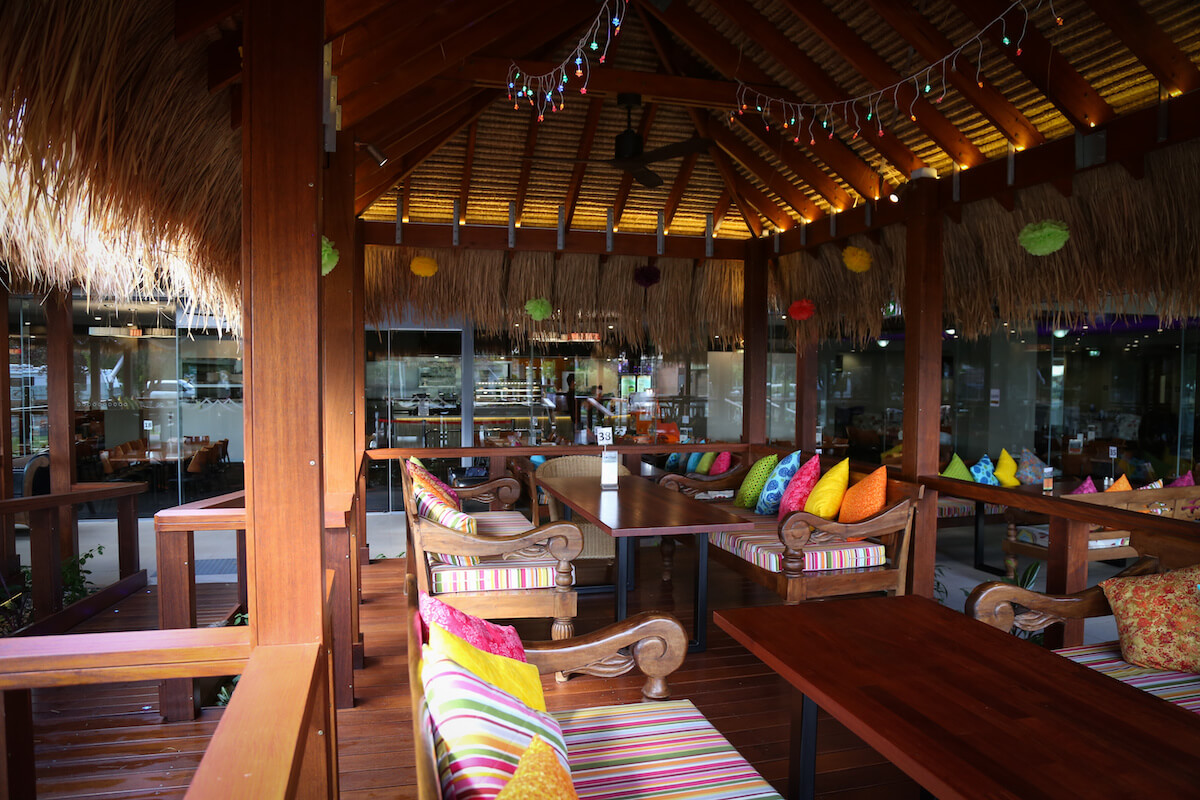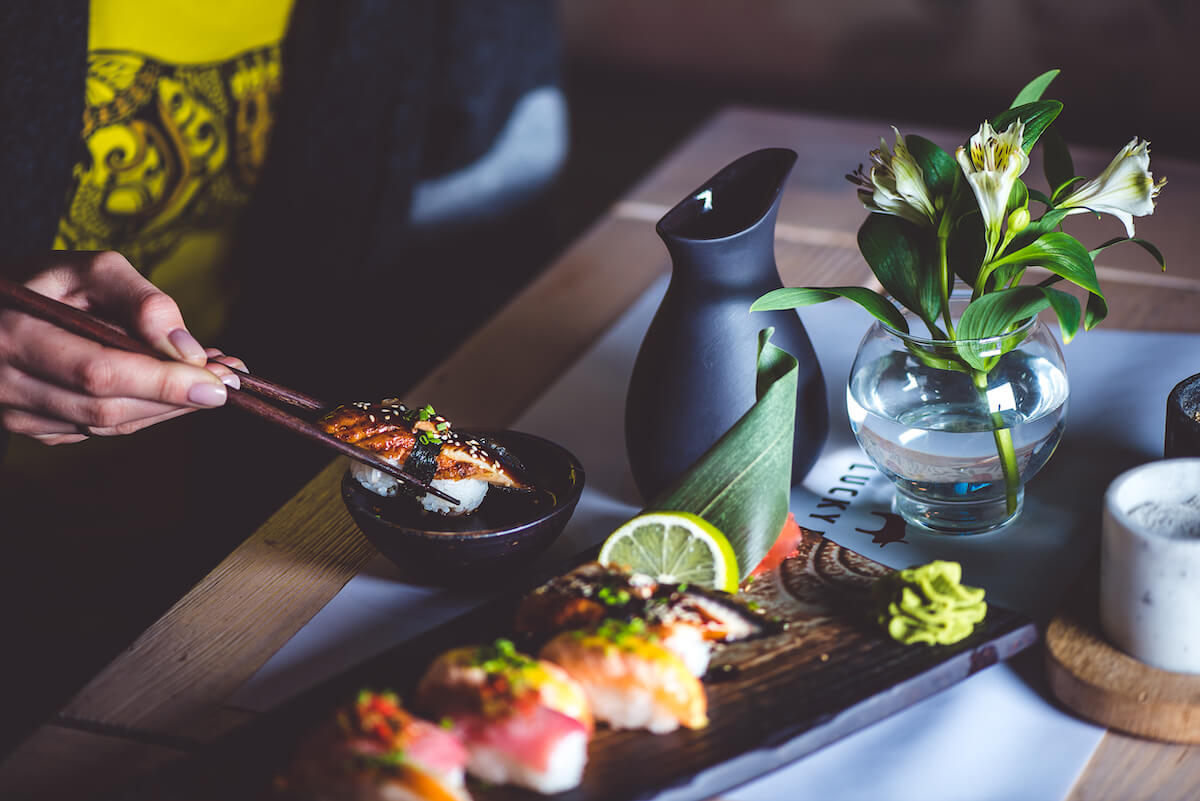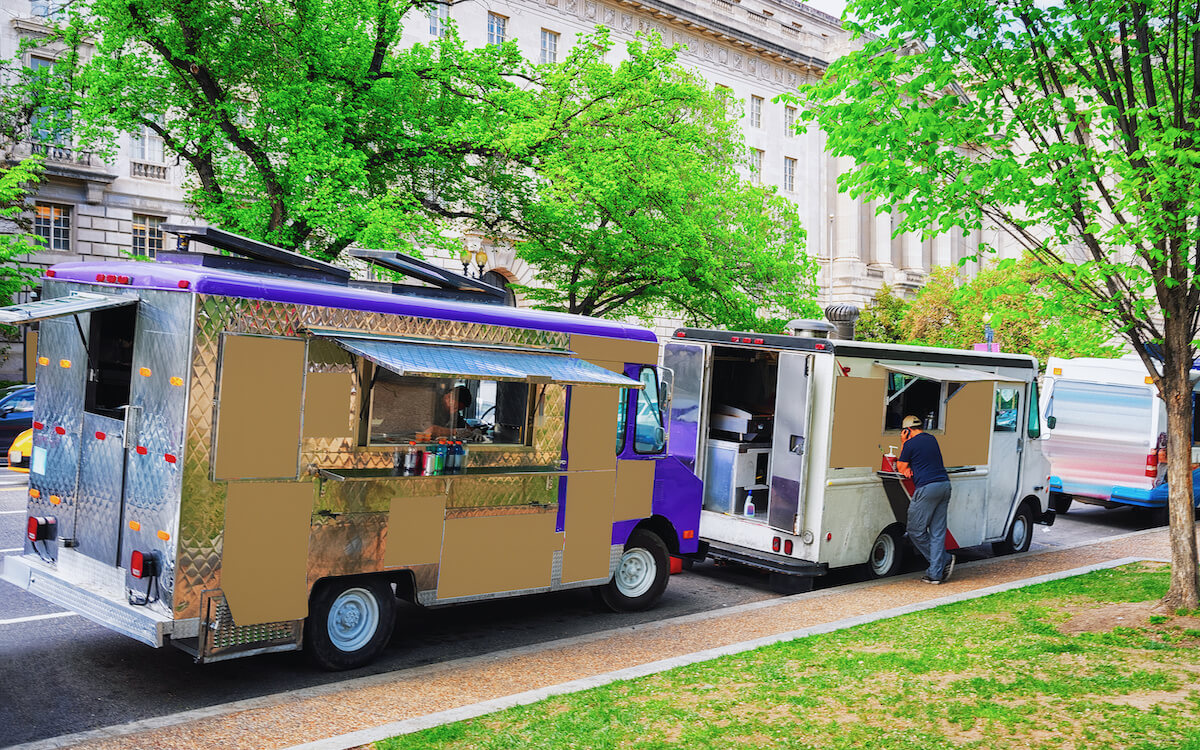Your complete guide to capitalizing on themed restaurants
Skip the article and turn takeaways into action by scheduling a call with our team.
Getting a restaurant to feel right is a tricky business. Beyond ensuring menu items are reliably tasty and reasonably priced, achieving the overall character of your dining concept can take time and plenty of imagination.
Sometimes, imagination can extend beyond traditional restaurant concepts. A themed restaurant is more than just a concept—it’s an all-encompassing vision that leans into an idea and cranks up the dial on the entire dining experience.
Plenty of themed restaurants have come and gone over the years. One of the most challenging parts of operating a theme restaurant is ensuring it remains relevant. Restaurants tied to fads or TV shows often go the way of the dodo when the show is no longer airing or the fad fades from style.
So, what kind of themes can work long-term? In this article, we’ll consider the art of the themed restaurant. How can restaurants benefit from having a theme, and can theme restaurants based on short-term fads be successful?
What are themed restaurants?

Any idea can turn into a theme to base your food, décor, and service around. Examples can include traditional staples like an Irish pub or a sports bar. Tiki Bars like the notable Tonga Room in the Fairmont in San Francisco are popping up everywhere thanks to their charm and popularity. Though they’re typically fashioned on Polynesian-style architecture, they now represent tropical locations all over the world, including the Caribbean.
Old-school diners with classic soda fountains, milkshakes, and ice cream, can be updated and offer brunch. Twists can result in locations like Ellen’s Stardust Diner, complete with singing waitstaff.
Not all themed restaurants expand on a specific cuisine or locale. They can go to further extremes, like Medieval Times—complete with a jousting dinner show—or Casa Bonita, the Mexican restaurant and theme park in Colorado.
Other notable examples include the Hard Rock Cafe, Planet Hollywood, Rainforest Cafe, and others filled with themed memorabilia.
Then, of course, there are restaurants at theme parks, like Disney establishments in California and Florida. Walk around Disney World, and you will find nearly 90 full-service restaurants, each designed around a unique idea with menus to match.
How can restaurant themes benefit business?

The most obvious way restaurant themes benefit business is via social media. Photographing food and eateries is commonplace, so having a unique or eye-catching theme can amplify your digital marketing strategy and get your business more foot traffic and more attention–maybe enough to go viral.
The type of restaurant you run isn’t necessarily the key element of the theme. The Weiner Circle is a long-standing Chicago fast food favorite whose staff serves barbs and insults with customers, in addition to classic Chicago hot dogs. Hello Kitty cafés have popped up in California and Las Vegas, successfully capitalizing on the much-loved character. Dining in the Dark is a worldwide phenomenon in fine-dining. It’s a unique dining experience often staffed by blind waitstaff.
These themed restaurants share a unique value proposition that is readily marketable, shareable, and attracts a crowd. But it’s got to be real. A notable trend among consumers is that they choose authenticity. Indeed, some 90% of consumers noted that authenticity is important in deciding which companies to support– including restaurants.
A reader may pause and ask, “What about Hello Kitty? Isn’t that just a corporate cash grab?” While it’s corporate and designed to make money, the brand itself has no hint of irony or cynicism behind it. The word “authentic” applies well. At 40 years of age and with revenue between $6-7 billion per year, the brand is clearly on to something.
Not all ideas stand the test of time like that. Johnny Rockets, an American retro burger chain that’s 50s-themed with classic milkshakes, now has fewer than half as many locations as it did in 2016. Clearly, things can go wrong with restaurant themes. So, what makes them right?
Which themed restaurants stand the test of time?

When planning a restaurant with a theme, look at already successful concepts. Restaurant owners can draw ideas from their location or other cultures to understand what’s worked before.
A classic French-style bistro with art, prix fixe menu offerings, and a solid wine list is a classic restaurant theme. Similarly, a sushi restaurant with traditional Japanese décor and seating arrangements in the dining room can work well. A barbeque restaurant with that well-defined, wild-west theme developed over decades is easy to replicate.
Templates exist in many corners of the world, and restaurant owners don’t need to reinvent the wheel to get their theme right. The best themed restaurants aren’t gimmicky. Choosing a theme option from successful models is a smart way to build a solid foundation.
Fusing elements of different cuisines and cultures is one of today’s most popular trends in the food business. That fusion can show up in the form of menu items, interior design, service style, and entertainment like live music. The trend is not unique to North America, either. I was more than amused to find a Texas-inspired, wild west-themed restaurant in a small town in Thailand, complete with cowboy hats and country music.
Café themes
Cafés give restaurant owners quite a bit of wiggle room to play with. Because there are so many cafés and coffee shops, applying a distinctive, clearly defined theme to your concept can give you a leg up in business.
Art cafés, pet cafés (full of dogs and cats), literature or library cafés, and jazz cafés or speakeasies are all examples of café themes that have done well over time. You can customize the color scheme to make it stand out and be instantly recognizable. For example, one café in my current town has an entirely white color scheme. The concept draws many tourists looking to take photos–and enjoy the food and afternoon tea.
Cafés are generally more customizable than restaurants simply because there’s less focus on food and more focus on ambiance.
What about food menus and themes?
Your food menu should fit your theme—that’s part and parcel of having a themed restaurant. But either way, the food must be good. We don’t usually have to emphasize that point, but when it comes to theme restaurants, many tend to make delicious food an afterthought. This is especially true of restaurants that rely on tourist dollars, who assume they can serve average food and get away with it because they don’t need regular customers.
Online reviews matter more than ever, and a spate of negative reviews can damage a business’s reputation. So, while you’re busy creating and perfecting your theme, ensure that food quality and your restaurant menu are still priority number one.
If your location is Instagrammable but has mediocre food, you’ll get lots of one-time customers. If your location is Instagrammable and has excellent food, however, you may just make yourself a star. Yelp Connect and other social media platforms can help you get the word out and build your brand image.
What kind of restaurant themes are short-term hits?

Themes that reflect current social trends can be quite popular for a while. The Game of Thrones-inspired Game of Toast in Abu Dhabi has gained some traction on Instagram, though we can’t comment on its quality—or make prognostications on its long-term success.
The replica of the coffee shop from Friends didn’t last long in New York City. However, Saved by the Max, a replica of the restaurant from Saved by the Bell, has done very well for itself as a pop-up restaurant in Los Angeles. The reason behind the staying power at Saved by the Max appears to be simple: Its food is good.
Basing a restaurant on a popular movie, TV show, or similar fad can work, but you are at the mercy of fickle attention spans. You may run into legal issues, too, due to licensing rights. If you’re looking to capitalize on a short-term trend, invest a small amount in a pop-up restaurant, a food truck, or a delivery-only option to test the water.
Make success your theme
When you’re deciding what your new restaurant should feel like, consider first if it needs to have a planned theme at all. Some restaurants develop a theme organically. This is as true for fine-dining restaurants as it is for fast food restaurants. Weiner’s Circle in Chicago probably didn’t begin with the concept of having servers hurl witticisms at their customers—it happened by accident, and they ran with it.
But one element to include in your plan, whether you have an obvious theme or not, is restaurant software. When it comes to online ordering and reservations, in-person table reservations, food delivery, and more, you’ll want to use top-of-the-line software. After all, if your restaurant’s theme takes off, you’ll need to support your staff as much as possible.
Restaurants that use Guest Manager paired with Yelp Ads experience 87% more traffic on their Yelp business page.
Want to see how it works? Curious if it’s right for you? Reach out to us for a free demo, and we’ll be happy to show you around. Our theme is making any FOH run as smooth as silk.